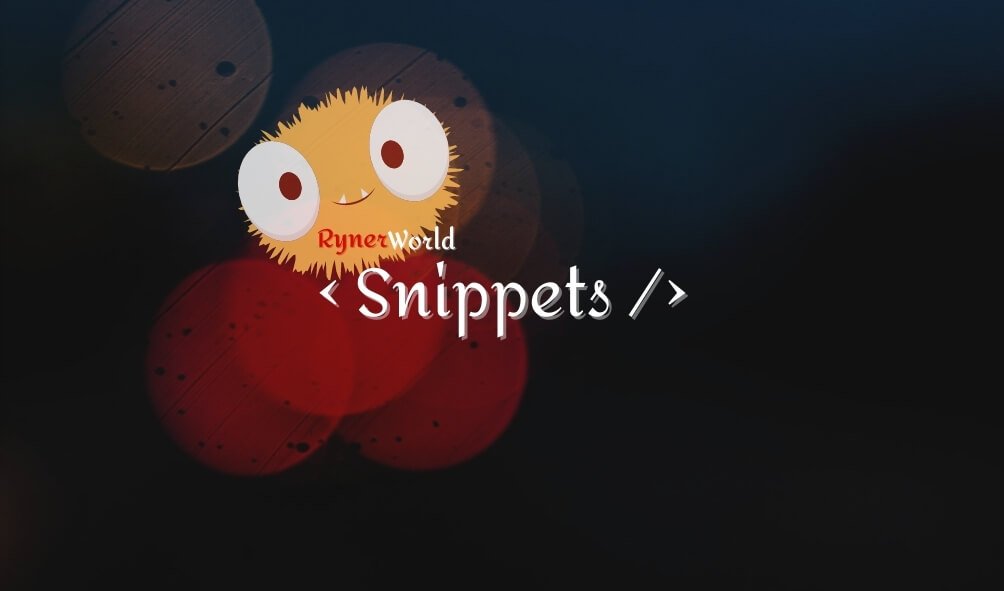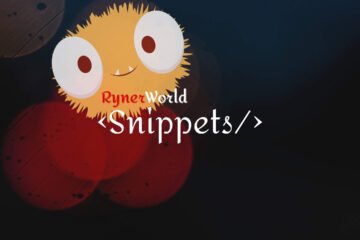
What is Bootstrap?
Bootstrap, born from Twitter’s development, stands as an open-source CSS framework crafted to streamline the creation of responsive and mobile-first websites. Embracing a minimalist ethos, Bootstrap offers simplicity and versatility, making it an ideal choice for projects requiring rapid development and straightforward design.
Introduced by Mark Otto and Jacob Thornton in August 2011, Bootstrap has evolved to become a cornerstone in web development, providing a robust foundation for building websites.
Key Aspects
- Simplified Development Process: Bootstrap simplifies the web development journey with its intuitive structure and pre-designed components, reducing the time and effort needed to build responsive layouts.
- Flexible Grid System: Its responsive grid system enables developers to create dynamic layouts that adapt seamlessly to various screen sizes, ensuring a consistent user experience across devices.
- Extensive Component Library: Plain Bootstrap boasts an extensive library of pre-styled components and utilities, empowering developers to create polished interfaces without requiring extensive custom styling.
Pros and Cons
Pros:
- Easy to Learn and Implement: With its clear documentation and straightforward syntax, Plain Bootstrap is accessible to developers of all skill levels, allowing for rapid prototyping and deployment.
- Robust Community Support: Being one of the most widely adopted CSS frameworks, Plain Bootstrap benefits from a thriving community of developers who contribute plugins, themes, and resources, enhancing its functionality and versatility.
Cons:
- Limited Customization Options: While Plain Bootstrap offers a wide range of predefined components, its design can appear generic without extensive customization, potentially resulting in websites with a similar aesthetic.
- Risk of Over-Reliance: Due to its ease of use and convenience, developers may become overly dependent on Plain Bootstrap, leading to a lack of innovation and creativity in design.
What is Material Design Bootstrap?
Material Design Bootstrap, an extension of Bootstrap infused with Google’s Material Design principles, redefines the web development landscape, emphasizing modern aesthetics and intuitive user experiences. Drawing inspiration from real-world materials and tactile interactions, Material Design Bootstrap introduces depth, motion, and bold visuals to web interfaces.
Key Aspects
- Material Design Components and Styles: Material Design Bootstrap offers a comprehensive suite of components and styles inspired by Google’s Material Design language, including vibrant colors, fluid animations, and tactile feedback, resulting in visually stunning and immersive user experiences.
- Enhanced Visual Appeal: By adhering to Material Design principles, Material Design Bootstrap elevates the visual appeal of websites, instilling a sense of elegance and sophistication while maintaining usability and accessibility.
- Seamless Integration with Bootstrap: Material Design Bootstrap seamlessly integrates with the core features of Bootstrap, allowing developers to leverage its familiar grid system, components, and utilities while incorporating Material Design aesthetics.
Pros and Cons
Pros:
- Modern and Visually Appealing Design: Material Design Bootstrap offers a fresh and contemporary approach to web design, enhancing user engagement and satisfaction through visually striking interfaces and intuitive interactions.
- Consistent User Experience: By adhering to Material Design guidelines, Material Design Bootstrap ensures a consistent user experience across different platforms and devices, fostering familiarity and usability.
Cons:
- Learning Curve: Implementing Material Design Bootstrap may require a learning curve, particularly for developers unfamiliar with Material Design principles, potentially resulting in longer development cycles and initial setup times.
- Complex Customization: While Material Design Bootstrap provides extensive customization options, achieving unique and tailored designs may require advanced knowledge of CSS and Material Design guidelines, posing challenges for developers seeking highly customized solutions.
Skills Needed for Both:
- Proficiency in HTML and CSS
- Understanding of Bootstrap grid system and components
- Familiarity with JavaScript for advanced customization.
Quick Tutorials on How to Implement
Bootstrap
- Include Bootstrap Files: Add the following code snippets to your HTML document to include Bootstrap CSS and JavaScript files.
12
<linkrel="stylesheet"href="https://stackpath.bootstrapcdn.com/bootstrap/5.1.3/css/bootstrap.min.css"><scriptsrc="https://stackpath.bootstrapcdn.com/bootstrap/5.1.3/js/bootstrap.bundle.min.js"></script> - Utilize Bootstrap Grid System: Structure your layout using Bootstrap’s grid system for responsiveness. Example:
123456
<divclass="container"><divclass="row"><divclass="col-md-6">Column 1</div><divclass="col-md-6">Column 2</div></div></div> - Customize Components: Use Bootstrap’s predefined classes to customize components and styles. Example:
1
<buttontype="button"class="btn btn-primary">Primary Button</button> - Test Responsiveness: Ensure your website is responsive by testing it on different devices and screen sizes.
Material Design
- Include Material Design Bootstrap Files: Add the following code snippets to your HTML document to include Material Design Bootstrap CSS and JavaScript files.
12
<linkhref="https://cdnjs.cloudflare.com/ajax/libs/mdbootstrap/4.19.1/css/mdb.min.css"rel="stylesheet"><scriptsrc="https://cdnjs.cloudflare.com/ajax/libs/mdbootstrap/4.19.1/js/mdb.min.js"></script> - Use Material Design Components: Implement Material Design Bootstrap components and styles for a modern interface. Example:
1
<buttontype="button"class="btn btn-primary btn-md">Primary Button</button> - Follow Material Design Guidelines: Adhere to Material Design principles for color schemes, typography, and animations.
- Ensure Compatibility: Test your website’s compatibility and responsiveness across various devices.
Conclusion
In conclusion, both Plain Bootstrap and Material Design Bootstrap offer unique advantages and considerations for web development projects. Plain Bootstrap excels in simplicity and ease of use, making it ideal for rapid prototyping and projects requiring straightforward design. On the other hand, Material Design Bootstrap introduces modern aesthetics and immersive user experiences inspired by Google’s Material Design language, albeit with a steeper learning curve and complexity in customization. Ultimately, the choice between the two frameworks depends on project requirements, design preferences, and developer expertise.
As you can see that’s pretty much it LOL
HAPPY CODING!!!!


0 Comments